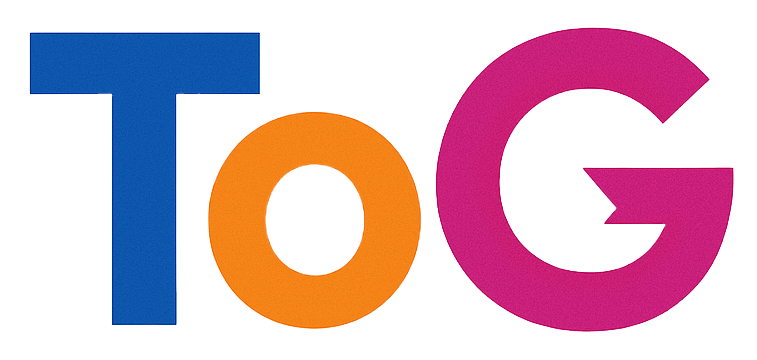Understanding GPT-3: Revolutionizing Natural Language Processing
In recent years, the world of artificial intelligence has been significantly transformed by the introduction of advanced language models. Among these, GPT-3, developed by OpenAI, stands out as a groundbreaking achievement in natural language processing (NLP). This powerful model has garnered attention for its ability to generate human-like text and engage in meaningful conversations that resemble human interaction.
What is GPT-3?
GPT-3, short for Generative Pre-trained Transformer 3, is the third iteration of OpenAI’s language model series. With a staggering 175 billion parameters, it is one of the largest and most sophisticated language models to date. Its design allows it to understand context, semantics, and nuances in language, enabling it to produce coherent and contextually relevant text across a wide range of topics.
How Does It Work?
At its core, GPT-3 employs a transformer architecture, which revolutionized the way machines process and generate language. This model has been trained on diverse datasets, capturing patterns, phrases, and information from countless sources. This comprehensive training enables GPT-3 to perform various language tasks, from translation to summarization and even creative writing.
Applications of GPT-3
The versatility of GPT-3 makes it an invaluable tool in numerous fields. Businesses are leveraging its capabilities for customer support, content creation, and even coding assistance. Educators are exploring its potential as a tutoring aid, while writers are using it for brainstorming ideas and enhancing their creative processes. The possibilities are truly endless, with GPT-3 serving as a catalyst for innovation across industries.
Building Ethical Guidelines
As with any powerful technology, the rise of GPT-3 also presents ethical considerations. Concerns about misuse, misinformation, and the quality of generated content have sparked discussions about the responsibility of AI creators. OpenAI has taken steps to implement usage policies and guidelines to ensure that GPT-3 is used in a manner that promotes positive outcomes while mitigating potential harms.
Conclusion
GPT-3 represents a remarkable leap forward in the field of artificial intelligence and natural language processing. Its ability to generate text that mirrors human dialogue opens up exciting opportunities for businesses, educators, and creators alike. However, as we embrace these advancements, it is crucial to navigate the ethical implications thoughtfully. By fostering responsible usage, we can harness the full potential of GPT-3 while contributing to a more informed and connected society.

